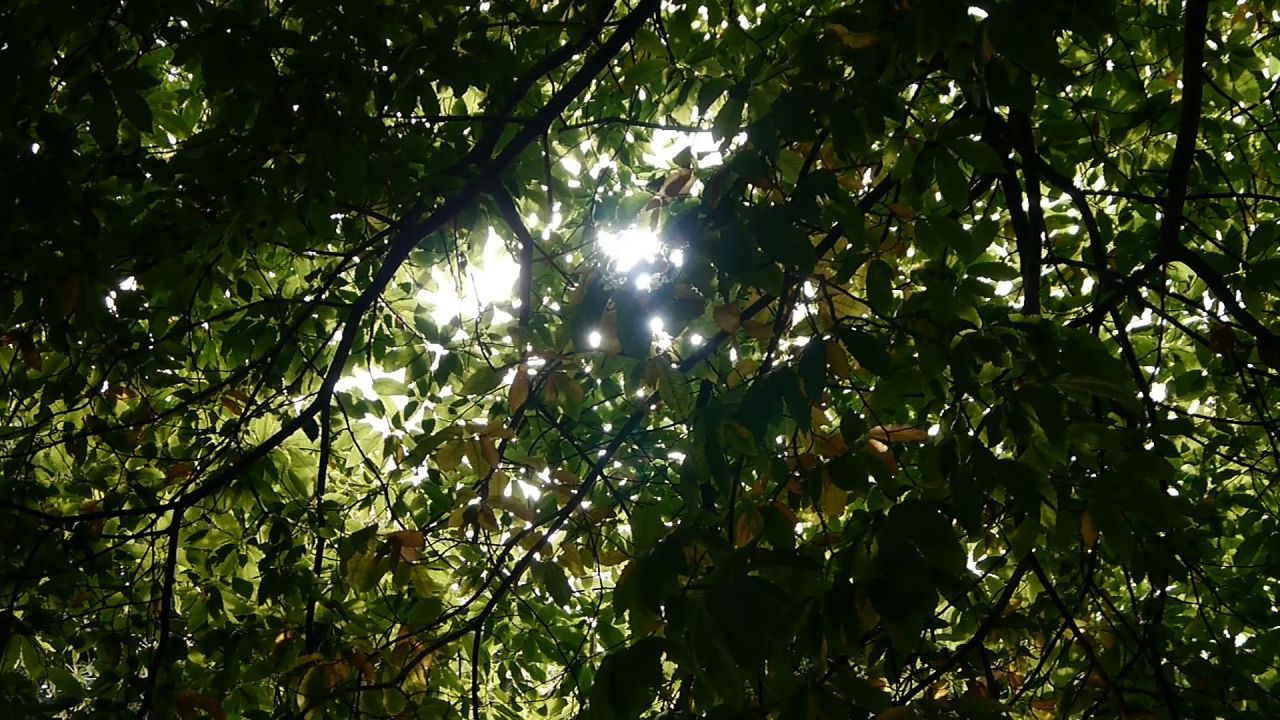 One of the most enjoyable things about working as a therapist in nature are the little things that appear to randomly happen on the walks.
One of the most enjoyable things about working as a therapist in nature are the little things that appear to randomly happen on the walks.
Discovered Messages
In September 2015 walking in a park in South East #London someone had scrawled messages on the path that appeared innocent in their offering of wisdom: ‘Be Kind to Each other’ another stated ‘Life is for living if you see this then you are alive’. As I walked past the meme’s with my client, I was mindful not to fall into the role of walk arranger and interpreter of the hidden meanings of what was witnessed. My walking companion chose to make use of the words and applied them to their life.
Leaf Blown Intervention
On another meeting in a different park I met my client near a large oak tree. Initially our #WalkandTalkTherapy was a Stand and Talk Therapy session. We stood for a few moments and reviewed the past week. A leaf blew from the tree and struck the client on the head and this was all the impetus needed to commence the walk and talk. In the 2 years I have been working in this way I have walked through storms, beautiful sunrises and sunsets, Spring, Summer and #Fall. I have met other therapists, artists and project co-ordinators who have also used the environment to inform and shape their work. Much like serendipitous moments happening in my #WalkandTalkTherapy , meeting others who work in nature fall into the category of helping to shape my work.
Mastery is…
Image
Cover photo by Michael Opoku-Forfieh

